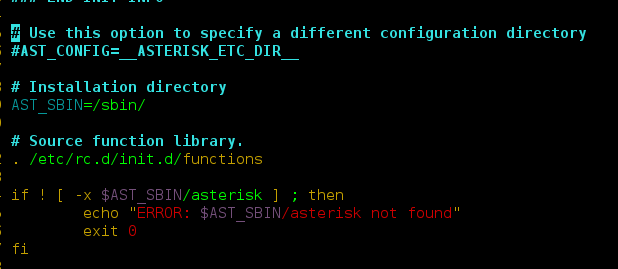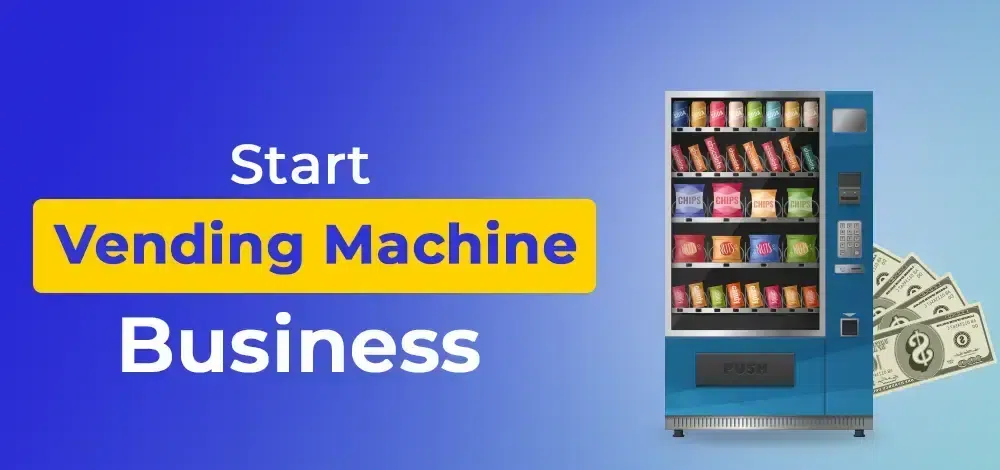Looking for a side hustle that’s both profitable and easy to manage? Look no further than the vending machine business. Thanks to the rise of Instagram and TikTok entrepreneurs, who have reported earning six to seven figures annually, this industry is booming.
Of course, building a vending machine business isn’t a walk in the park. However, with the right mindset and a solid strategy, anyone, regardless of experience, can turn a handful of machines into a thriving, manageable enterprise.
Take, for example, a TikTok user who scored a vending machine for just $600 on OfferUp. In a mere three weeks, he raked in a remarkable $318 in revenue. By marking up prices around 100%, he effectively pocketed $0.50 for every dollar earned.
Gone are the days when vending machines were limited to chips and soda. Now, they offer a diverse range of options, including healthy snacks, electronics, and even pharmacy items. With such versatility, this side business can quickly transform into a full-time operation, paving the way for greater financial success. Here’s all you need to know to get started.
Before You Get Started: You Must Plan 3 Things
1. Choose your Business Structure First
To ensure legal compliance, maximize your business’s growth potential, claim tax deductions for business expenses, and collect profits smoothly, it’s essential to establish a suitable business structure, such as an LLC or corporation.
2. Check for Compliance Next
It’s important to determine if you need a business license in your area to own and operate vending machines. Once you’ve identified the requirements, you can efficiently organize your paperwork and seamlessly kickstart your business.
3. Explore and Secure Financing to kickstart
The most favorable financing choices include short-term loans, equipment financing, and inventory financing.
Many experienced vending machine operators recommend purchasing used or refurbished machines, which typically range from $1,200 to $3,000. Alternatively, new vending machines can cost between $3,000 and $10,000, depending on their size and features.
Apart from the machine itself, consider the expenses of stocking inventory for your machines. The cost can vary based on the number of machines you plan to own and the type of inventory you’ll offer, ranging from a few hundred dollars to thousands of dollars.
How to Start a Vending Machine Business [Step-by-Step Guide]
1. Choose Your Products
When starting your vending machine business, consider the different options available. Apart from the popular food vending machines, you can also explore bulk item vending machines or machines that provide specialty products. To attract customers, you can customize your offerings based on the specific market you want to target. While soda and chips are commonly associated with vending machines, there’s a lucrative market for equally convenient and healthy alternatives that people desire and are willing to pay for.
2. Find Ideal Locations and make contacts
Look for commercial businesses with high foot traffic and extended operating hours, particularly those lacking quick food and drink options. Personally visit these places to ensure there are no existing machines or similar services nearby.
Additionally, consider proximity to your location as you or your employees will need to refill and repair the machines. As your business expands, you can gradually cover more territory.
When placing vending machines in local businesses, establish connections with the owners and highlight the benefits of your services. If you aim to secure contracts with school districts or businesses with multiple locations, reach out to regional managers or individuals responsible for larger-scale location management projects.
3. Purchase a Vendor Machine After Securing Your First Location
There are three types of vending machines: bulk, mechanical, and electronic. Bulk machines dispense a specific quantity of a single product for a quarter or a dollar, often found in restrooms for sanitary products. These machines typically cost $50 to $200 to start.
Mechanical machines, commonly seen in break rooms, offer multiple products and have higher profits compared to bulk machines. They require an initial investment of around $2,000.
Electronic vending machines are the most advanced option, with touch screens and the ability to accept credit card payments. Prices start at $3,000 per machine and increase depending on the variety of food and drinks offered. They are highly reliable and convenient, especially since fewer people carry cash or coins. Be cautious of payment gateways with high fees.
Regardless of the type of vending machine you choose, start with one or two machines that cater to a specific market. This approach allows you to learn about popular products and location-specific patterns, gradually expanding your business with additional machines.
4. Target the Right Market with Customized Offerings
To maximize your vending machine’s success, position it in optimal locations that cater to your desired customers. For instance, vending machines with microwavable foods and meal-like options thrive in places where people spend considerable time without access to cooking facilities, such as offices, hospitals, and universities.
Snack vending machines are well-suited for office environments, while machines offering novelty trinkets or small candies can find success in specialty small businesses if you establish the right connections.
Moreover, consider placing vending machines that dispense medicine or electronics in high-traffic areas like airports, highway rest stops, or train stations. These items are essential for travelers, ensuring the potential for high-profit margins.
5. Efficiently Manage Your Product Inventory
If you operate food vending machines, it’s important to comply with state regulations that may require a specific percentage of healthy snack options. Make sure you have reliable sources for nutritious snacks if this requirement applies in your area.
To maximize your profits and minimize costs, establish connections with wholesale suppliers who can offer competitive prices for the items you stock. By saving on upfront food expenses, you can significantly enhance your long-term profitability.
6. Maintenance and Repair Considerations
Vending machines located in public spaces are vulnerable to vandalism and occasional theft, which can be frustrating but shouldn’t catch you off guard. It’s crucial to incorporate these factors into your business plan.
Even if you invest in new machines, regular spot checks are essential to ensure their smooth operation. Any downtime experienced by your vending machines directly translates to lost profits. By scheduling routine checkups, you can not only minimize disruptions but also enhance your overall profitability.
Bottomline
The vending machine industry is a thriving global market that generates billions of dollars annually. With just under $2,000, proper market research, informed decision-making, and entrepreneurial drive, you can potentially enter this highly profitable sector too.
By investing incrementally and studying the demand patterns of your vending machine, you can start generating passive income without resorting to large loans or accumulating debt. Whether you decide to continue working another job or not, gradually expanding your vending machine business will allow you to take on more when you’re ready or scale back if needed.
Regardless of your current financial situation, the vending industry presents an opportunity to run your own business while only risking an amount that you feel comfortable investing.
FAQs on a Vending Machine Business
Q1. How profitable is owning a vending machine?
Answer: The profitability of owning a vending machine can vary depending on various factors. These factors include the location of the machine, the products being sold, the foot traffic in the area, and the operating costs. In general, vending machines can be a profitable business venture if they are strategically placed in high-traffic areas and offer popular and in-demand products.
However, it is essential to consider factors such as the initial investment, maintenance costs, product sourcing, and competition before determining the potential profitability.
Q2. Do vending machines make a lot of money?
Answer: The earning potential of vending machines depends on several factors. Machines located in high-traffic areas, such as airports, train stations, shopping malls, and office buildings, tend to generate more revenue. Additionally, offering popular products that cater to the needs and preferences of the target audience can contribute to higher profits. However, it’s important to note that vending machines typically have operating costs, such as product restocking, machine maintenance, and rental fees for the location. While some vending machine businesses can be highly profitable, the income generated will ultimately depend on these factors.
Q3. Is vending machine a good business in India?
Answer: Vending machines can be a viable business opportunity in India, given the country’s large population and increasing consumer demand. The Indian market offers various possibilities for vending machines, ranging from snacks and beverages to personal care items and stationery.
However, the success of a vending machine business in India, like anywhere else, relies on factors such as location selection, product variety, pricing, and market competition. Conducting thorough market research, understanding local preferences, and identifying high-traffic areas can contribute to the success of a vending machine business in India.
Q4. How much does 1 vending machine cost?
Answer: The cost of a vending machine can vary depending on several factors, including its size, features, type of products it dispenses, and whether it is new or used. On average, a basic new vending machine can cost anywhere from $3000 to $7000.
However, more advanced machines with additional features and functionalities can range from $10,000 to $20,000 or more. The most expensive vending machine till date cost around $38,000 (Moet and Chandon champagne vending machines). It’s important to note that these are rough estimates, and prices may vary depending on the specific requirements and the market conditions. Additionally, there may be additional costs involved, such as product inventory, maintenance, and securing a suitable location for the machine.





